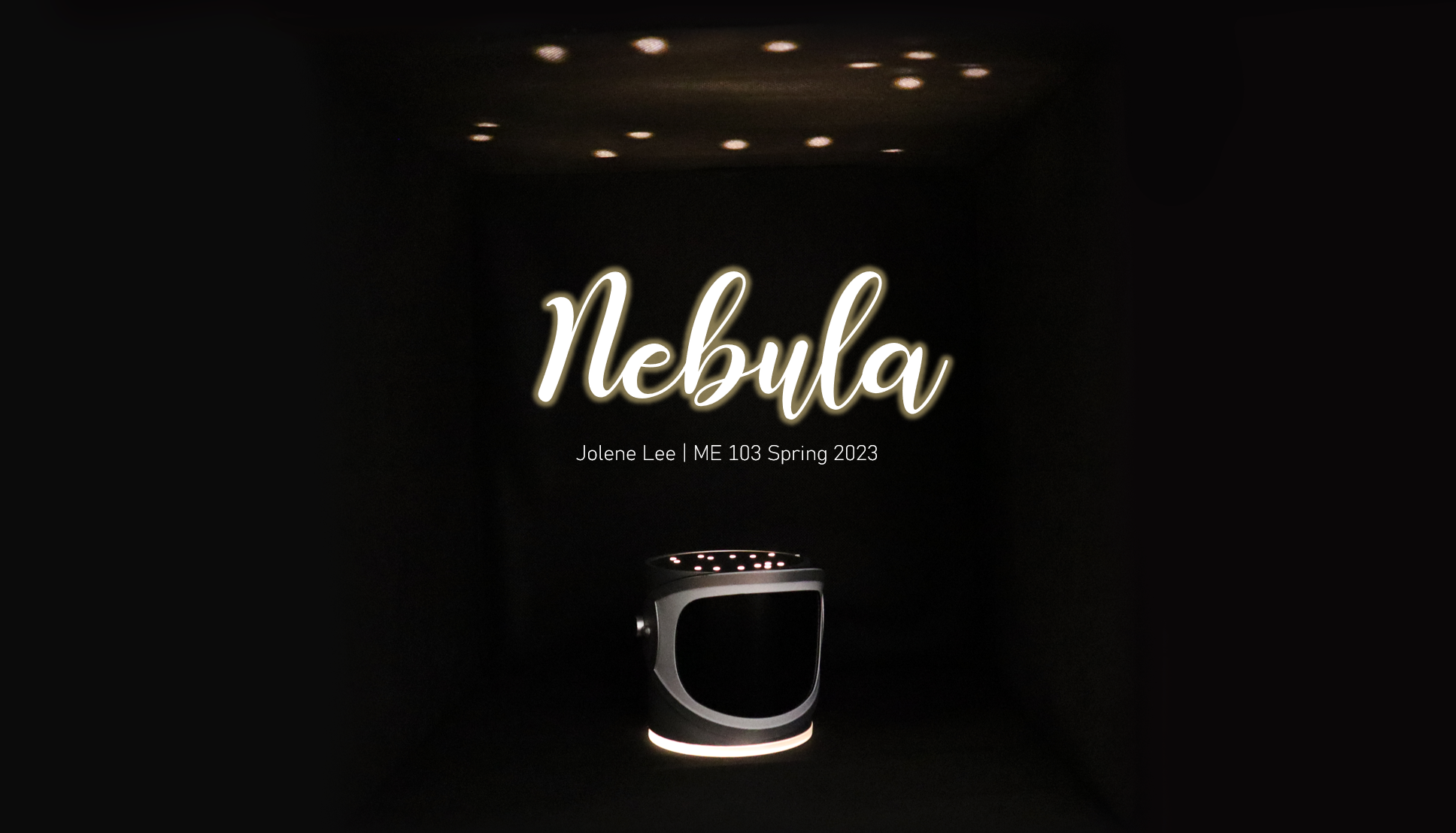
Class projects I’ve completed utilizing various prototyping, machining, and finishing skills.
-

ME 127: Design for Additive Manufacturing - Universal Skateboard Stand
I designed a 3D printed universal skateboard stand using generative design on Fusion 360 to optimize for mass and strength while minimizing deflection. The universal skateboard stand provides a solution to users who want to decrease the footprint and hazard of laying their skateboard on the ground while having a portable, sturdy, and reliable stand.
-

ME 127: Design for Additive Manufacturing - Collapsible Lantern
In a team of two, we created a portable lantern for everyday use by leveraging the unique properties of multiple AM materials: Flexible 80A and ABS. We prototyped different lantern shade angles and thicknesses to have a satisfying collapsing experience, varying gap sizes for the handle to incorporate a print-in-place design, and simulated nominal use cases using FEA when collapsing and opening the lantern.
-

ME 127: Design for Additive Manufacturing - Dyson MagStand
I practiced designing for and implementing a mid-print insert by creating a modular, magnetic stand for a Dyson Supersonic Hairdryer. The stand features two magnetic rings that can hold up to two accessories on the back side, the hairdryer on the front side, and wire management blocks. The goal of this project was to create an elegant, single-print product with minimal hardware assemblies.
-

ME 152: Design for Manufacturing and Value Creation
Throughout this class, I designed a 3-part STEM workshop series for under-resourced makerspaces and schools. The process included identifying stakeholders, value exchanges, important user and engineering requirements, and connecting with local makerspaces in the Bay Area.
-

ME 104: Mechanical Systems Design
In a team of three, we created a device with a 20:1 mechanical advantage ratio. The device is optimized for mass and energy efficiency by utilizing carbon fiber tubes and custom, 3D-printed components. We performed extensive back-of-the-envelope calculations, inverse analysis, and FEA simulations to determine critical dimensions for each component.
-

CS 148: Introduction to Computer Graphics and Imaging
In a group of two, we modeled a dynamic image of a rocket launching off of a Martian-like planet in the backdrop of space. The plume of debris and bright rocket engine showcase our expertise in multiple lighting techniques by utilizing soft shadows and volume rendering from ray tracing. We also incorporated depth of field by illuminating the planets in the background while using the reflections and refractions of water to highlight the rocket’s ascent. The texture of each body adds another layer of realism to finish off the piece to inspire the future generation to dream big.
-

ME 103: Product Realization - Starlight Projector
As my final project for ME 103, I created an astronaut helmet starlight projector. I machined the helmet base on the mill using a rotary indexing table, turned the axle and end caps on the lathe to tap internal threads and die external threads, waterjet cut different constellations on sheet metal, and waterjet cut and rolled sheet metal for the visor. I also incorporated press-fit LED lights into the bottom of the helmet base as the light source. The finish of the parts are powder-coated, bead-blasted, or polished.
-

AA 114Q: Large Spacecraft Structures
In a group of two, we designed and tested a proof of concept CubeSat with deployable telescoping booms and origami solar arrays utilizing space-efficient Miura-Ori folds for our midterm and final project. We worked together to perform necessary mass, size, and power calculations and design and manufacture the prototype for a final presentation and demonstration.
-

ME 102: Foundations of Product Realization
The requirement of our final project was to create a candy dispenser that utilized a spring-loaded rotary actuation method. My design is based on a rocket airframe and includes laser-cut acrylic, 3D-printed parts, and t-slots with fasteners.